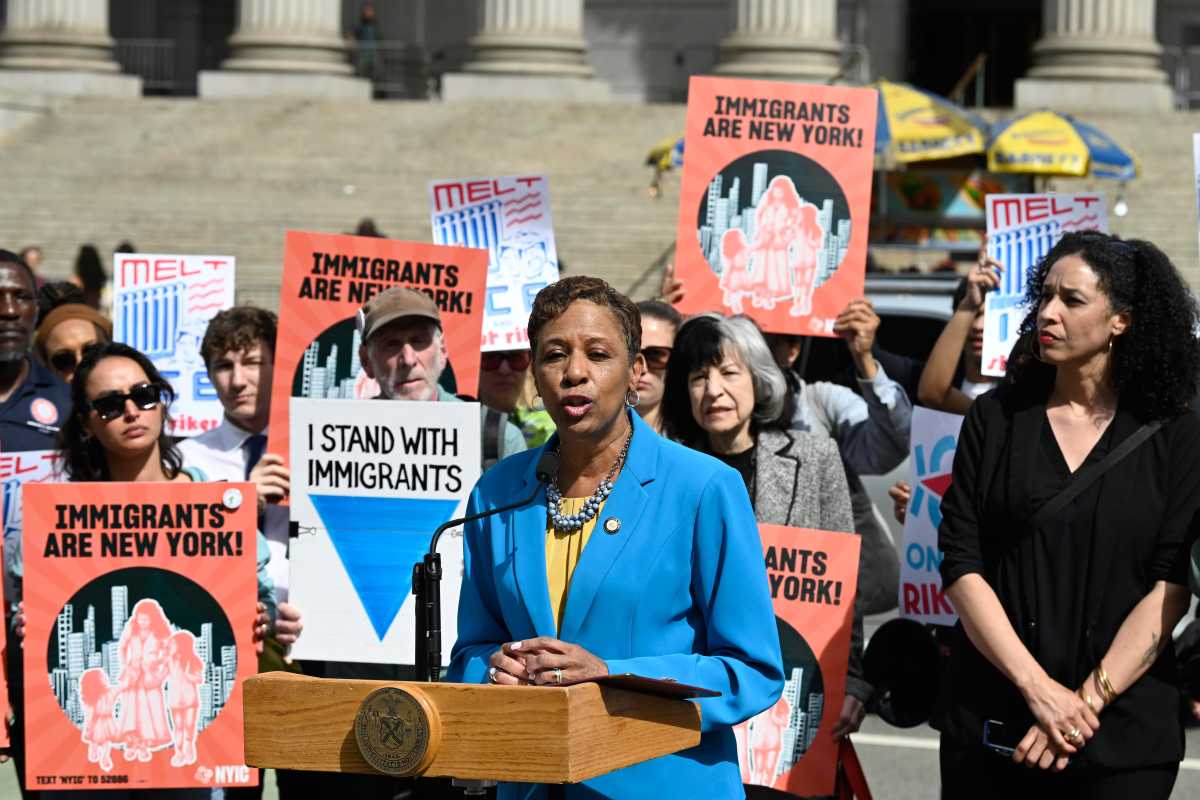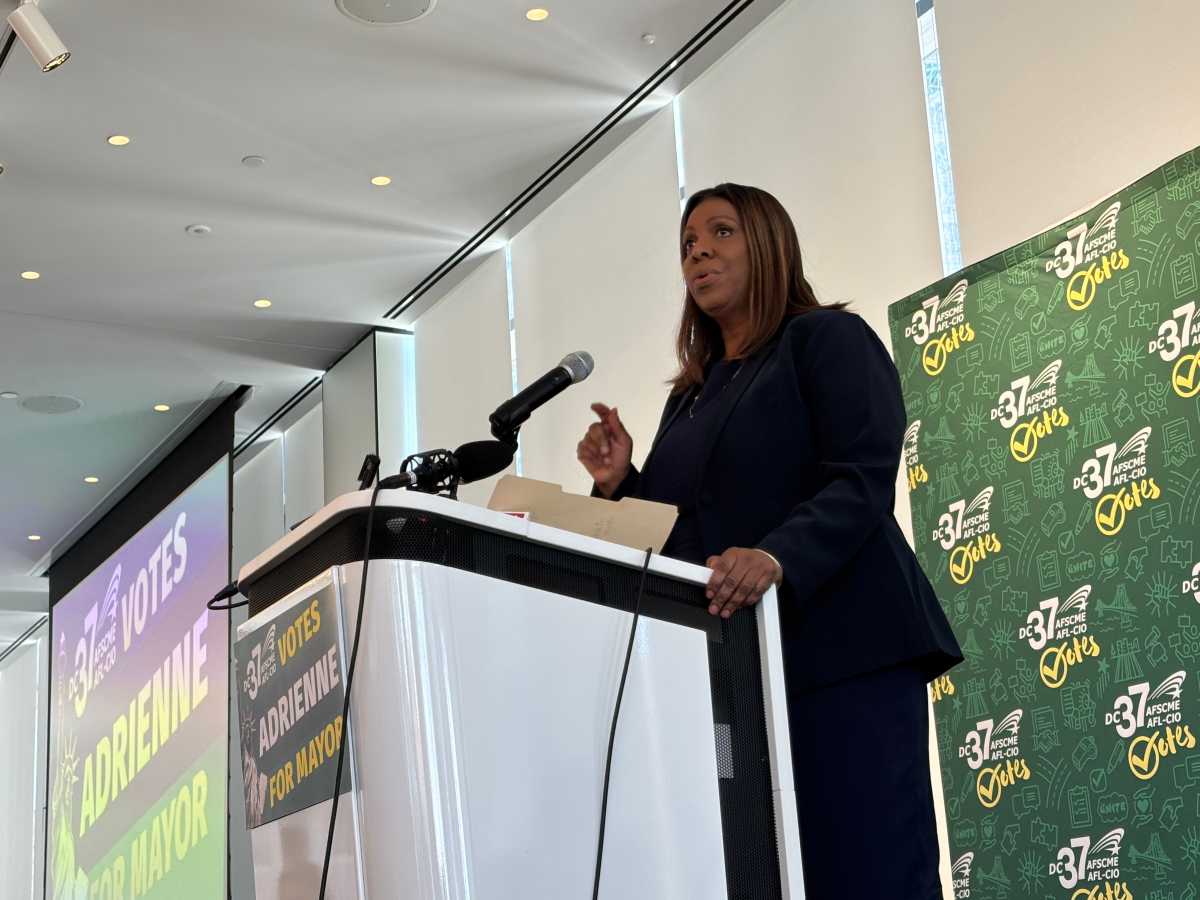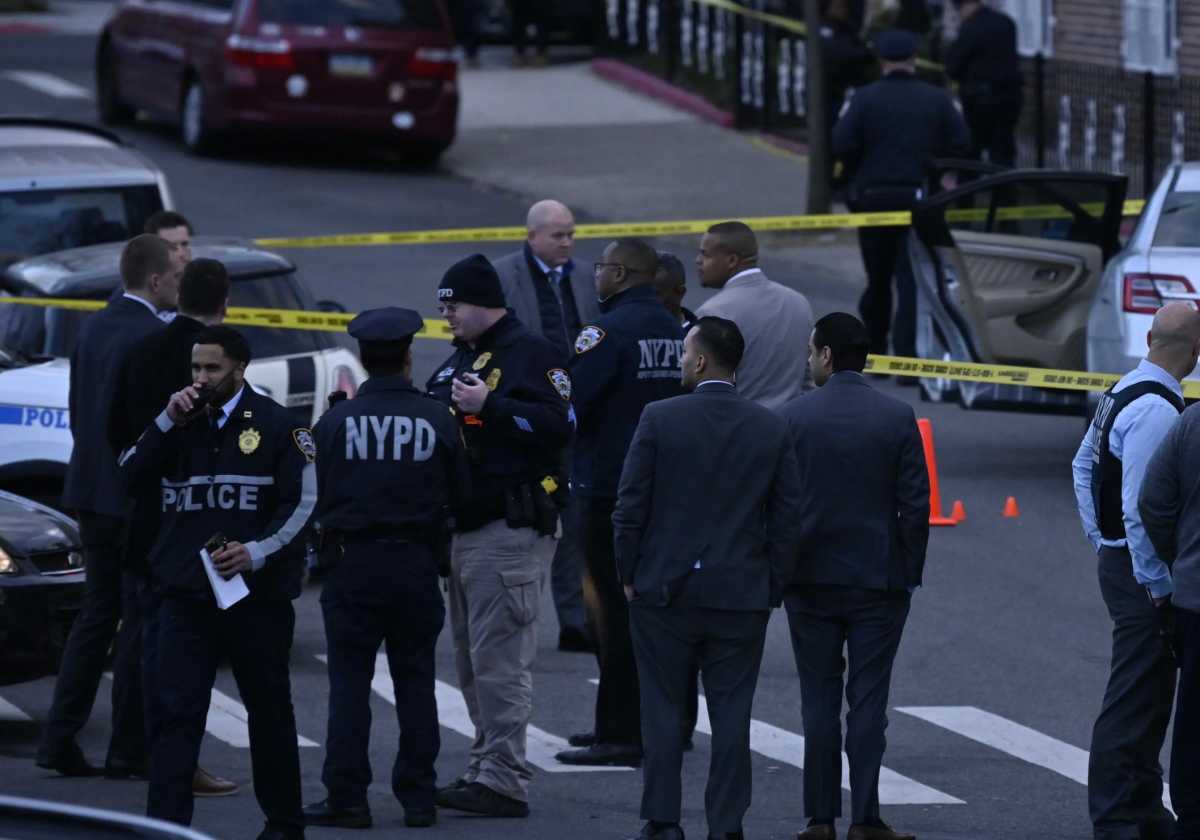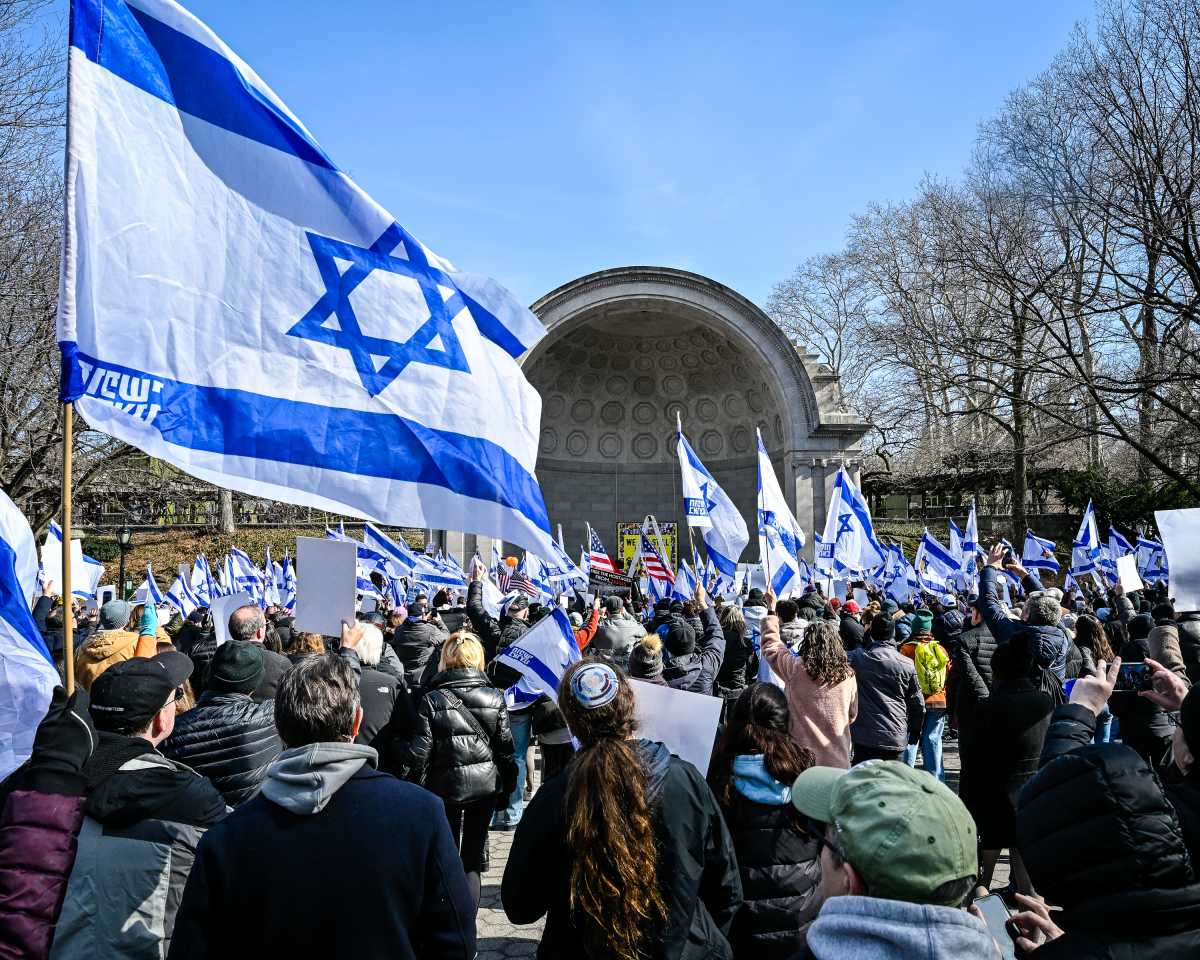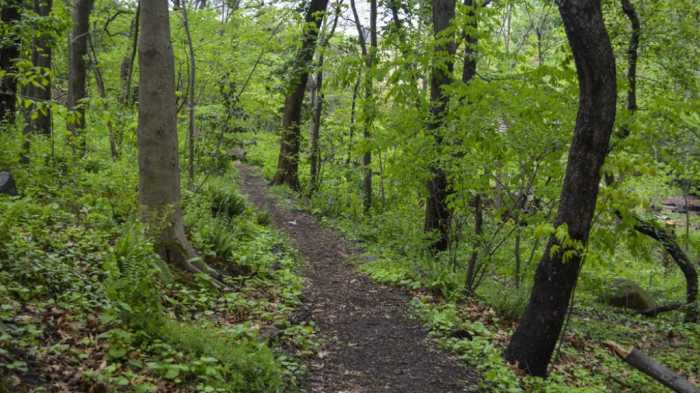The New York City Council on Thursday voted to pass a landmark bill sponsored by Council Majority Leader Amanda Farías that will prohibit non-essential helicopter flights from city-owned heliports unless they meet the Federal Aviation Administration’s strictest noise standards.
The bill’s passage comes just two weeks after a deadly sightseeing helicopter crash along the Hudson River claimed six lives, reigniting calls for greater oversight. The measure, which passed overwhelmingly, aims to curb the noise, emissions and safety risks long associated with non-essential helicopter traffic.
“Intro 26-A is a commonsense step toward a safer, quieter, and more sustainable New York City,” said Farías, who represents parts of the Bronx. “Non-essential helicopter traffic has long disrupted daily life for New Yorkers, especially those living under frequent flight paths. By passing this bill, we’re holding our city to a higher standard, one that prioritizes public safety, innovation, and community wellness.”
The legislation bans helicopters operating for tourism, luxury commuting, and other non-essential purposes from using city-run heliports at East 34th Street and Downtown Manhattan unless the aircraft meet the FAA’s stringent “stage 3” noise certification. Essential flights — including those for public safety, law enforcement, news and film production — are exempt.
The new requirement will be written into contracts between the city’s Economic Development Corporation and heliport operators. It is set to take effect in late 2029, giving operators time to transition to quieter and cleaner aircraft. In the interim, EDC must report annually on the share of flights that do not meet the new standards.
While the city cannot regulate airspace, it does control its heliports, giving it leverage to push for change. Many older helicopter models used for sightseeing tours are among the loudest and most carbon-intensive, emitting up to 950 pounds of carbon dioxide per hour — more than 40 times the average car.
The passage of Intro 26-A represents a major victory for environmental advocates and residents in neighborhoods like the South Bronx and Lower Manhattan, which have long borne the brunt of helicopter traffic.
Along with the bill’s passage, the Council also adopted companion resolutions urging further action. Resolution 85-A, introduced by Council Member James Gennaro, calls on the FAA to support a nationwide transition to electric helicopters. Resolution 226-A and Resolution 233-A, introduced by Council Member Gale Brewer, call for stronger enforcement and transparency around helicopter operations and emissions.
Brewer said it was “infuriating” that the city lacks direct legal authority to regulate helicopter flights over its own airspace. She emphasized that the resolutions passed Thursday call on both the state and federal governments to enact broader bans on non-essential helicopter travel over New York City, regardless of origin or destination.


